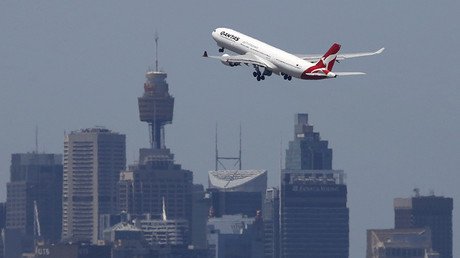Wall Street sees oil price recovery in 2019

Investment banks have had to recalibrate their oil price forecasts for next year after prices plunged by more than a third from early-October highs.
As 2019 is drawing nearer, Wall Street has staked up the latest price projections—and there’s good news and there’s bad news for everyone watching investment banks’ estimates.
The good news for bulls is that the major investment banks expect oil prices next year in a range whose low end is higher than the current $45 for WTI Crude and $54 for Brent Crude.
The bad news for bulls and bears alike is that banks—as usual—warn that their projections might not turn out right because there will be a lot of uncertainties in the oil market next year that could tip oil prices either way.
The monthly The Wall Street Journal poll of 13 investment banks at the end of December showed that experts had drastically cut their Brent Crude price forecasts for 2019 compared to last month’s expectations. Investment banks now expect Brent Crude to average $69 a barrel next year, down from a $77 per barrel projection in the November poll.
Following the oil price slide in November that continued into December, the EIA revised down in its December Short-Term Energy Outlook (STEO) its 2019 price forecasts for Brent and WTI to $61 and $54, respectively, both slashed by $11 a barrel compared to the forecast in the November STEO.
Most of the largest investment banks have higher oil price forecasts than the EIA, according to data compiled by CNBC. For Brent, the major banks predict prices in 2019 at between $60 and $72.60 a barrel, with only Citi forecasting an average Brent price lower than EIA’s estimate—$60 a barrel. WTI Crude price forecasts range from $49 at Citi to $66.40 at JP Morgan Chase, with most estimates falling in the $55-66 range.
The most bearish of investment banks, Citi, expects OPEC and allies’ production cuts in 2019 to encourage more US oil production that would “almost certainly” lead to more sell-offs in oil next year, according to Citi’s global head of commodities Ed Morse.
READ MORE: Russia’s largest LNG project kicks into high gear
Other banks see the production cuts stabilizing oil prices, but they cite other uncertainties in the market as possible key drivers next year. Bearish unknowns include the pace of demand growth in view of the still unresolved US-China trade war (that may not be resolved at all after the trade-war truce ends in March), the pace of global economic growth, and the pace of Chinese oil demand growth.
Bullish factors include OPEC and allies’ deal succeeding again in drawing down inventories, and the US not renewing waivers for Iranian oil customers when the current waivers expire in early May 2019.
Also on rt.com 2019 will be a wild year for oilAccording to Barclays’ head of energy markets research, Michael Cohen, the US Administration will base its ‘waivers-or-not’ decision on the oil prices at the time it has to take the decision.
“If prices stay in the low $60s, the Trump administration would have even more leeway not to grant waivers,” Cohen told CNBC.
“In our view, only if prices spike above the $80 level would the US not enforce continued significant reductions in Iran’s ability to export,” Barclays’ Cohen reckons.
Energy consultancy Wood Mackenzie has a base-case projection of Brent averaging $66 a barrel in 2019, but has identified five key uncertainties that could derail its base-case forecasts.
“Brent over US$80/bbl always seemed too good to last, defying the fundamentals,” Wood Mackenzie said earlier this month.
Also on rt.com What’s behind the crash in crude?According to WoodMac’s Chairman and Chief Analyst, Simon Flowers, the five risks and uncertainties are: economic slowdown and subsequent lower oil demand growth; upside to production for US shale; Iran and the US waivers; the compounding effect of five consecutive years of the oil industry underspending on conventional drilling and projects; and the changes in the refining margins, differentials, and crude grade needs in view of the International Maritime Organization’s (IMO) sulfur cap on marine fuels coming into force on January 1, 2020.
As always, lots of uncertainties surround the oil price predictions. Forecasts for 2019 are no different.
This article was originally published on Oilprice.com














